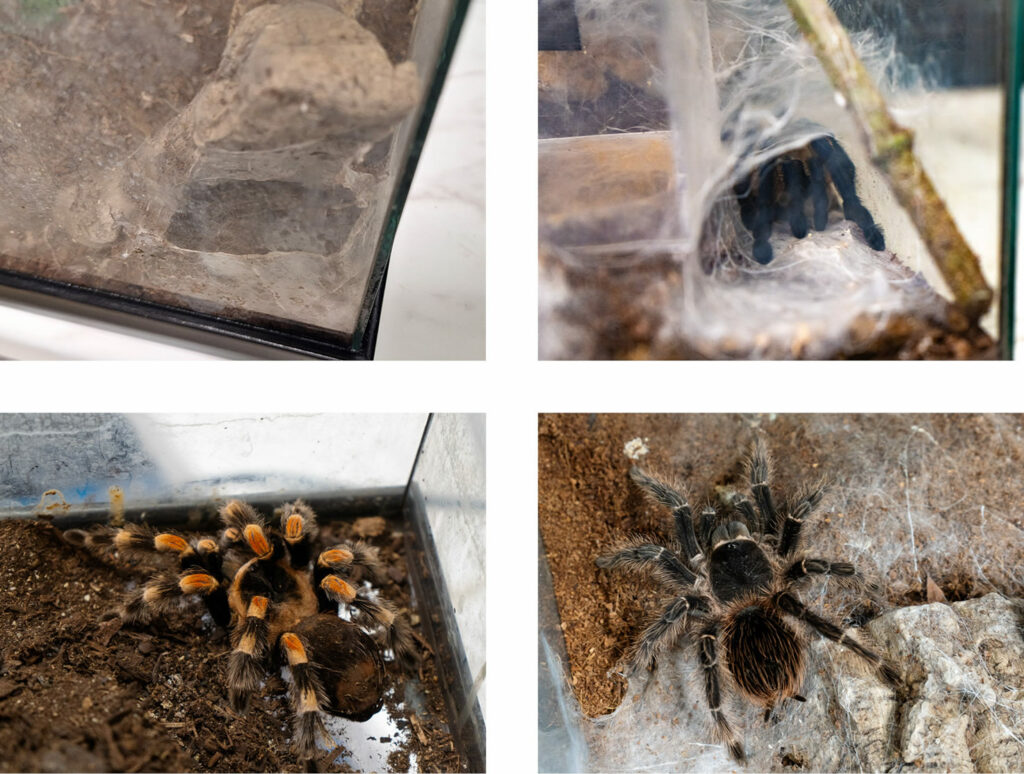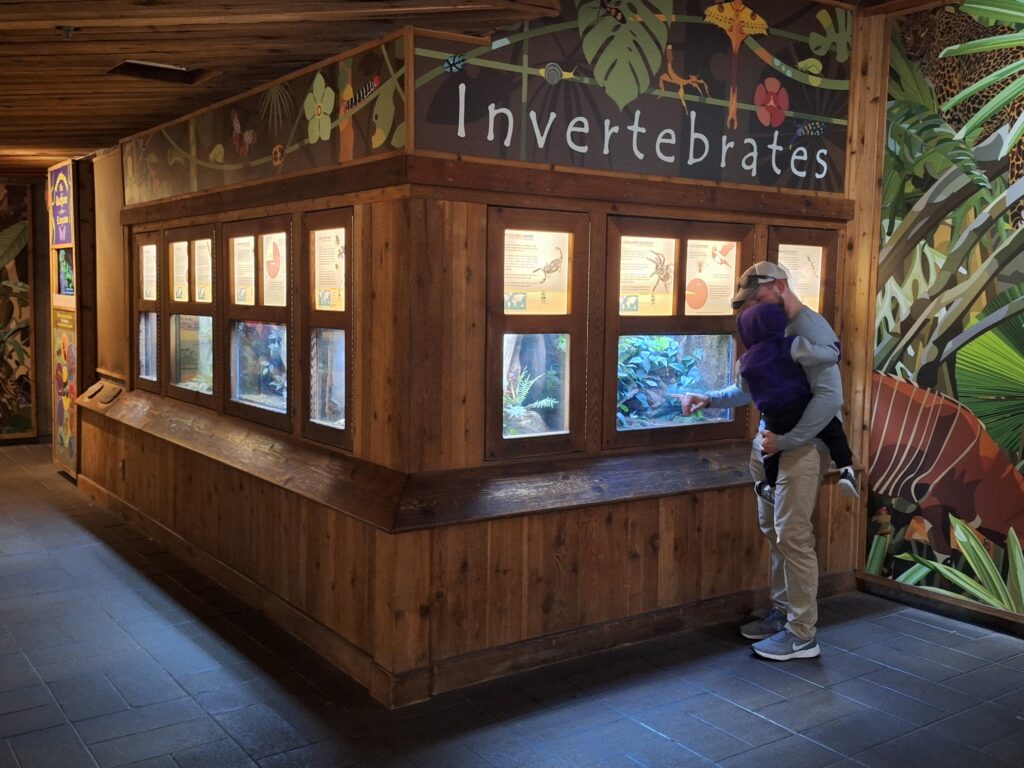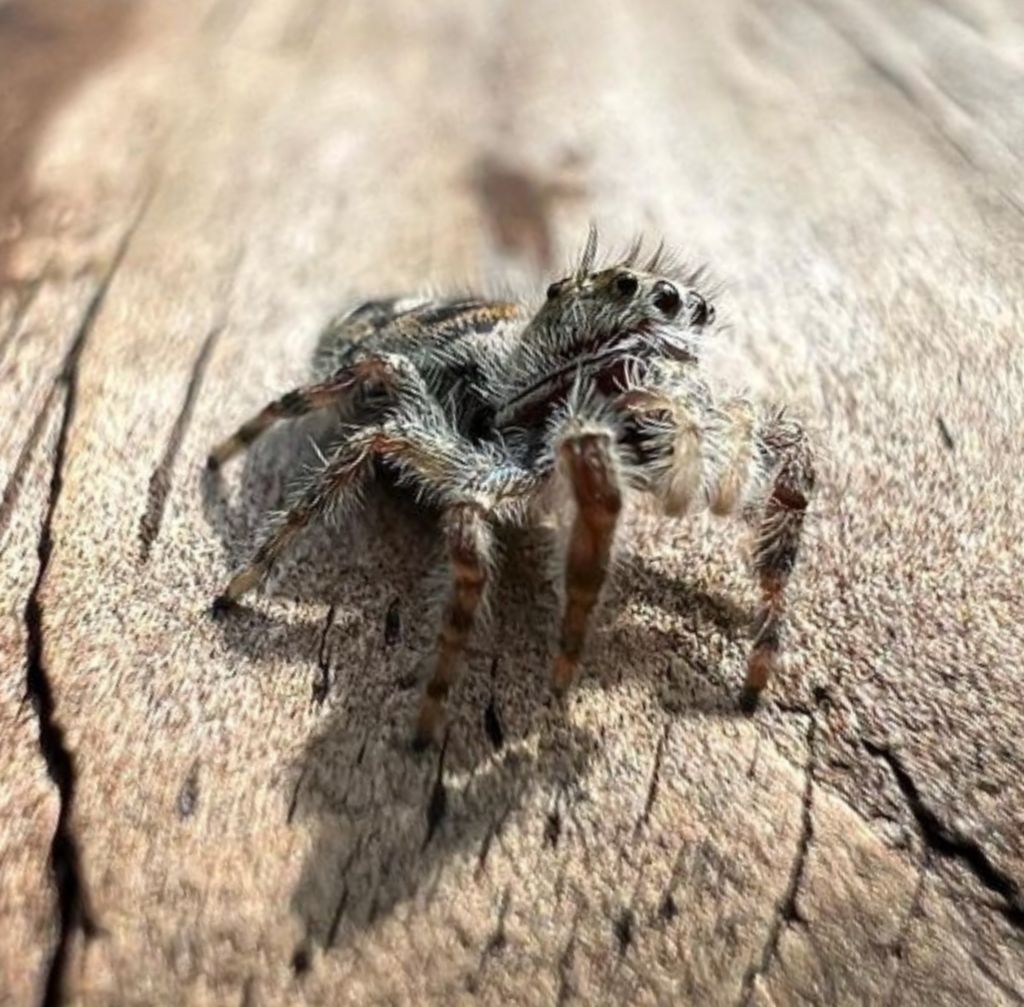Arachnophobia, the fear of spiders, is one of the most common fears.
“They are capable of fast movement occasionally, which I think scares people,” Zookeeper Selena Mayer said.
While many people think spiders look scary or move in a way that’s unnerving, they really don’t warrant the fear and hate they often receive.
Mayer said one reason people might be afraid of spiders is due to a fear of being bit.
“It’s about on par with a bee sting,” Mayer said. “You kind of have to be really, really messing with it. If you leave it alone, it’s not going to bite you. It doesn’t really want anything to do with you.”
While most spiders are venomous, and they’re unlikely to cause a severe reaction in humans, unless you happen to be allergic to spider venom. And spiders don’t want to bite you- it takes a lot of energy to produce venom. They would much rather save it to use on their prey.
Mayer said that a fear of spiders can also be a learned behavior. Often times, she’ll hear children be excited to see the spiders, or just comment on them in a neutral way, only for parents to immediately dissuade that interest in spiders or comment negatively on the spiders.
Sedgwick County Zoo is home to four different types of spiders: the Venezuelan Sun Tiger, the Blue Baboon, the Mexican Red Kneed, and the Salmon Pink Bird Eater.

The Venezuelan Sun Tiger can be found in South America, primarily in Venezuela. These spiders are black with orange stripes on their legs, which gives them their name.
“It’s an arboreal tarantula. So, it tends to live in burrows in the ground, and tree bark crevices,” Mayer said. “Females can live to be in their 20s, but the males generally live a few years.”
The Blue Baboon can be found in Yemen. These terrestrial spiders have blue legs and live in burrows.
“It webs a lot,” Mayer said. “It webs up a bit extra, so to speak, to make a softer, more environmentally, for them, friendly area than just the harsh desert.”
The Blue Baboon is considered an “old world” tarantula. Tarantulas found in the Americas have hairs that they will kick off when threatened. These fiberglass-like hairs distract predators while the tarantula makes its escape. But tarantulas found in Africa and Asia don’t do this and will instead defend themselves through displays and biting.
Mexican Red Kneed lives along the Pacific coast of Mexico, constructing burrows in the tropical rainforest under rocks and tree roots.
“These are a common pet spider,” Mayer said. “They’re terrestrial and usually fairly docile.”
Salmon Pink Bird Eaters are one of the largest species of tarantula in the world. Native to Brazil, their legs alone can measure up to 11 inches.
“They’re not quite as arboreal, they’re more terrestrial. So, they’ll live in the burrows in the forest floor, eating whatever they can find down there,” Mayer said. “They’re bigger, so they have a wider range of prey.”
All of the spiders that call Sedgwick County Zoo home are tarantulas. On average, tarantulas are bigger than other spider types and prefer warmer climates. They also don’t catch their prey in webs.
“Instead of using their web to catch the prey, they use it to line their burrows and to help them sense their prey,” Mayer said. “So, they’ll be able to tell if something walks across it or pulls on it. And then they’ll come out and grab their prey.”

The spiders at SCZ can be found in the Tropics building. Currently, only the Salmon Pink Bird Eating Tarantula is on display.
Mayer said that this spider is easy to spot due to her large size. But if you’re having a hard time finding her, she’s usually in her cave or at the top of the exhibit.
“I just think they’re cute. I understand why people might not, but I think they’re cute,” Mayer said. “I do like the way they move; it’s fun to watch them. They don’t do it very often. They mostly just sit in the same place because moving is a waste of energy if you’re waiting for your food to come to you, and you don’t know when that’s going to be.”
Spiders also play an important role in our environment. As predators that primarily prey on insects, they help keep the population of pests, like mosquitos, down.
“If you are afraid of spiders, understanding more, just learning more about them in general, will help. Because a lot of it is just the fear of the unknown,” Mayer said.

If you want to learn more about spiders, Mayer suggests starting with Jumping Spiders. Most spiders have poor eyesight, relying on vibrations and air movement to “see.” But Jumping Spiders have excellent vision.
“Jumping Spiders perceive the world visually. They use their visual senses a lot, and we do as well,” Mayer said. “So, they’re kind of the easiest to relate to.”
So, if you’re someone who (like the author of this article) is afraid of spiders, just take the time to learn more about them and the vital role they play in our environment. And the next time you visit SCZ, take a journey to the Tropics and say hello to our tarantulas.